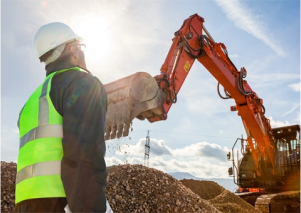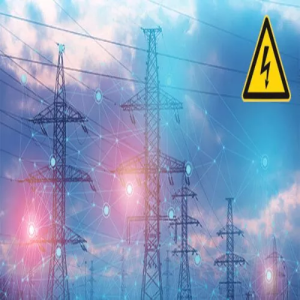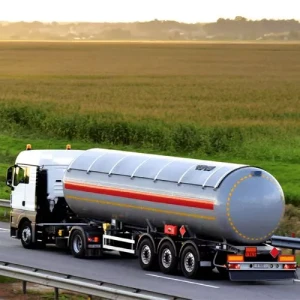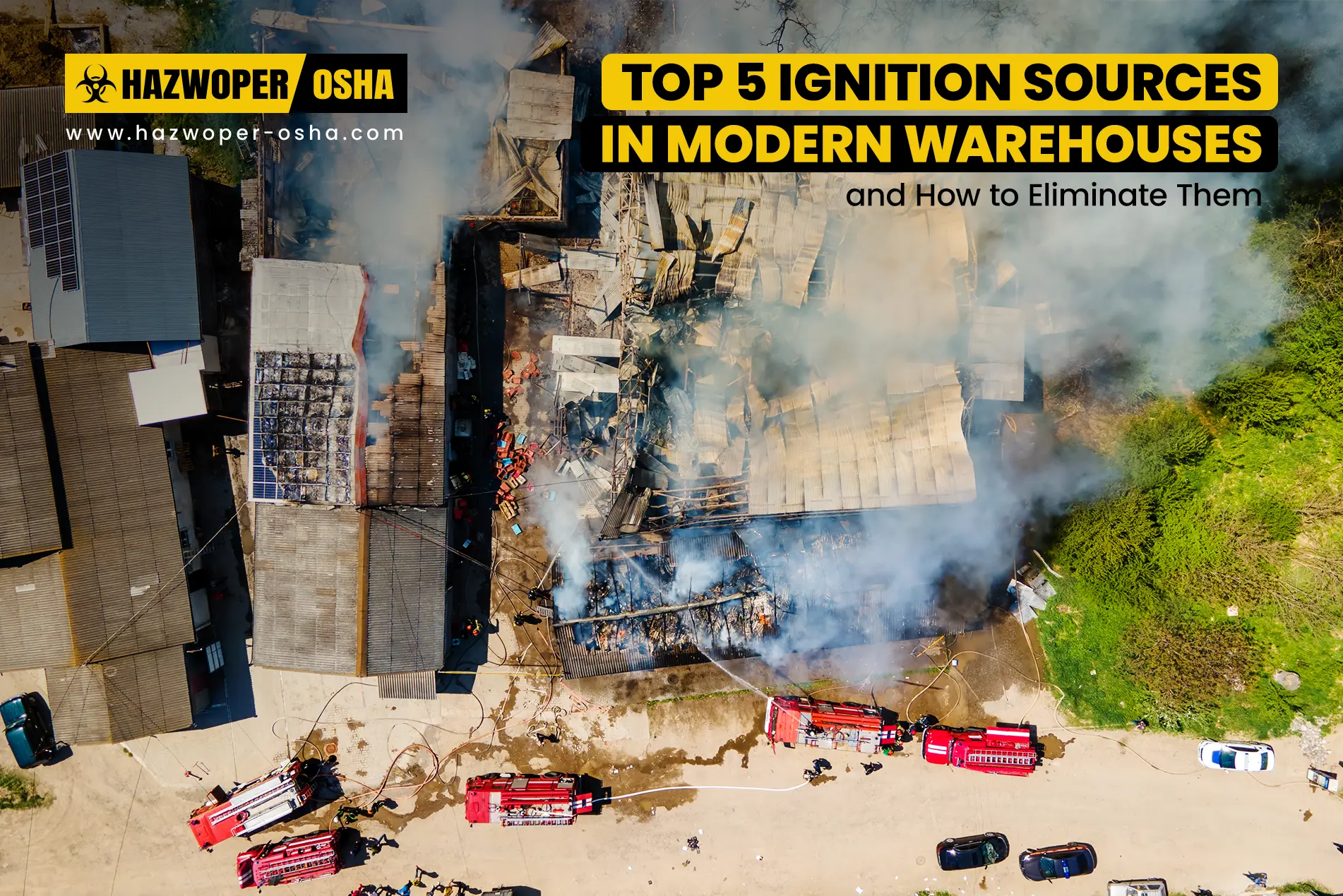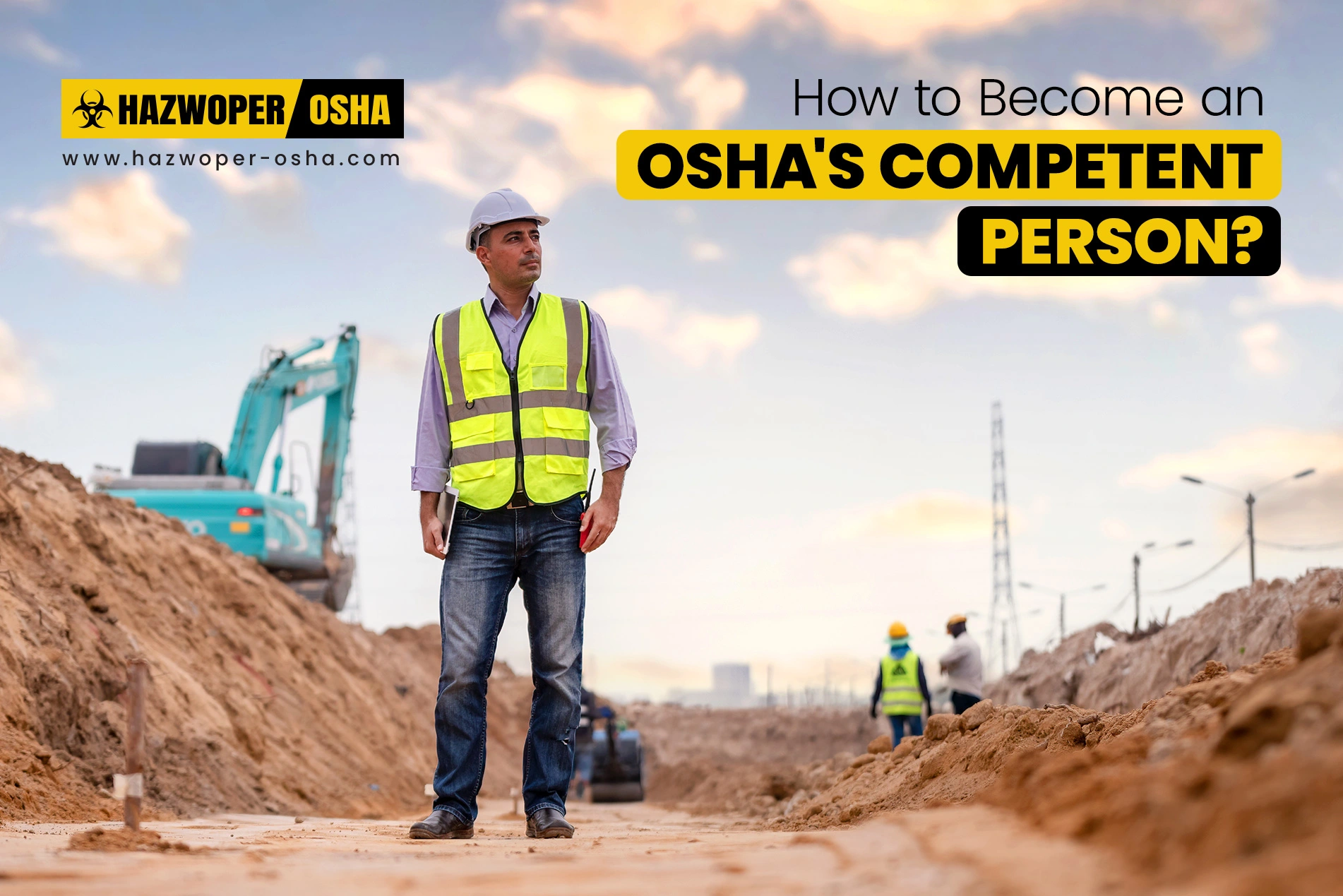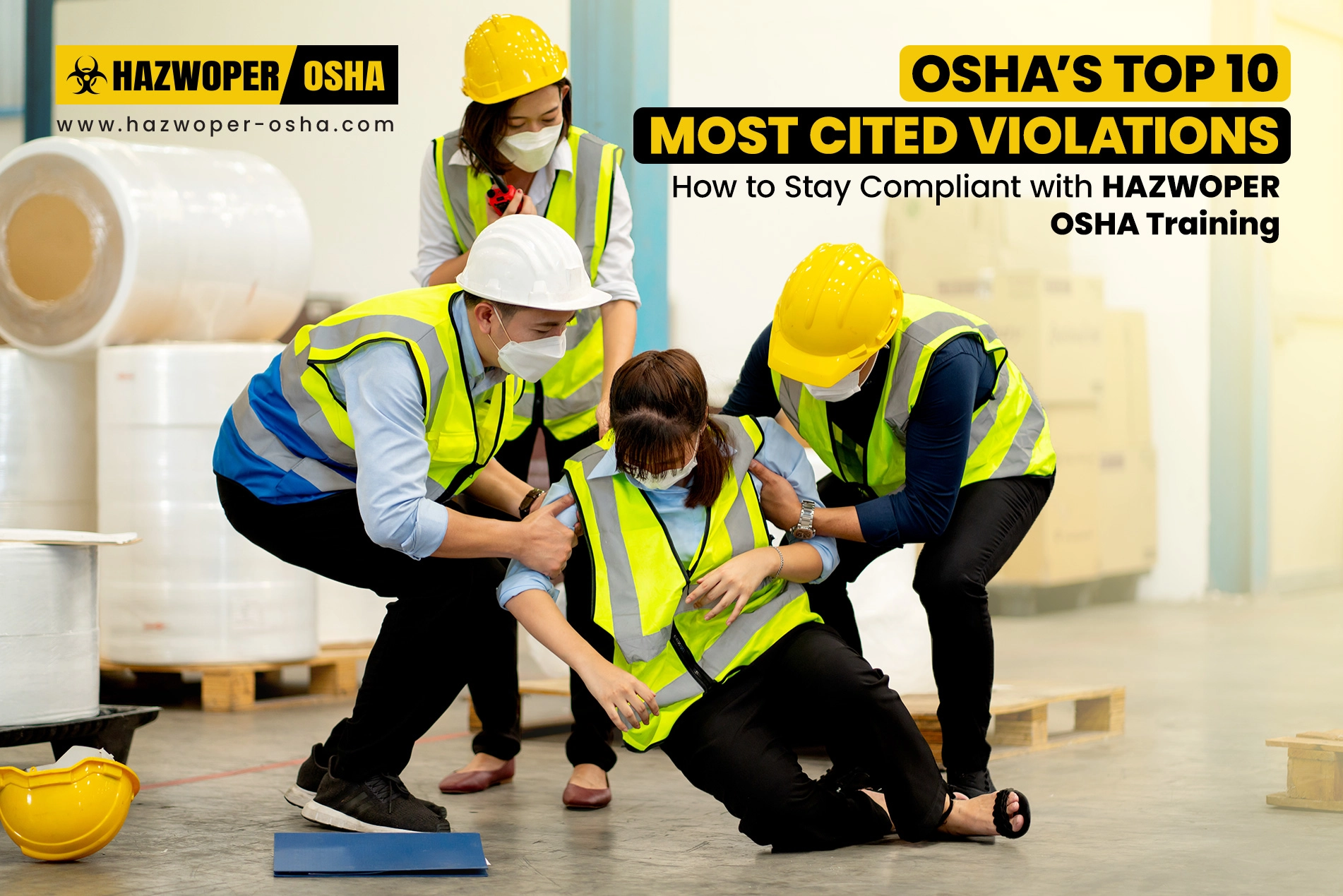OSHA’s Top 10 Most Frequently Cited Violations - Fall Protection
Retains the Top Spot

For the ninth consecutive year, fall protection remains the most frequently cited standard on OSHA’s list of top 10 violations, as announced by the Occupational Safety and Health Administration (OSHA) at the National Safety Council 2019 Congress & Expo. According to the most recent statistics, between 2016 and 2017, the number of fall fatalities went from 849 to 887. In terms of the total number of OSHA fall protection citations, the number went down from 7,216 violations in 2018 to 6,010 in 2019. However, the Bureau of Labor Statistics (BLS) has yet to release the data on the number of fatalities and serious injuries in 2019 resulting from falls. These statistics will provide a much clearer picture of whether this downward trend is good news for the industry, or maybe due to various budgeting constraints, OSHA wasn’t able to get as many inspectors out there.
Looking at OSHA’s list of top 10 citations over the years, fall protection has been No. 1 on the list since 2011. So, why has fall protection been No. 1 for so long?
According to Thom Kramer, ASSP director-at-large and chair of the ANSI/ASSP Z359 Fall Protection Committee, “I spend a lot of time thinking about who we need to reach to get workers out of harnesses — and I don’t mean that in terms of leaving them unprotected. I mean that in terms of applying the hierarchy of controls to create safer systems that don’t rely on equipment to protect workers at height.” He also went on to explain, “I think fall protection has been at the top of the list for a while because it’s a very obvious item. It’s very visible, and it’s one of the leading causes of death in the workplace. So, I think OSHA has made a targeted effort to address these situations. When they have a target, they direct more resources toward it.”
In terms of risk management, Kramer explained that “when we look at these rankings of violations, it can focus our attention in the wrong place. For example, I think prevention through design is a great option for people thinking about these issues from a risk management standpoint since addressing fall hazards early in the process provides a greater opportunity to use more engineering controls versus PPE. If we can use the prevention through design mindset, we can do a better job of addressing hazards.”
So, at the end of the day, this issue is all about a certain mindset. Employers need to shift their focus from a compliance-driven mindset to a safety-driven mindset, where risk management is the top priority. This means a – prevention is better than cure – mentality. For example, if we can prevent cancer then there would be no need to cure it. Along the same lines, when working at heights, if we can prevent employees from using PPE (such as harnesses), then there would be no need to worry about the risks associated with using PPE. However, if administrative and engineering controls are not sufficient to keep the hazards at bay, then employers must train workers to be mindful of what equipment they are using and how they’re using it.
The bottom line – when employers have a safety-driven mindset - the safety and well-being of employees will be at the top of their lists. This mentality will automatically reduce the number of injuries and fatalities resulting from falls and help organizations better comply with the safety regulations set forth by OSHA and other regulatory agencies. A safety-driven mindset ultimately nurtures the compliance department side by side, as well.
Training will Augur a Safety-Driven Mindset
Training will continue to play an integral role in the safety-driven mindset of employers. OSHA too advocates several forms of training - online, classroom, and on-the-job training. As such, it is the employer's duty to train employees who will work at height to carry out their job tasks. Depending on the work tasks, the level of training offered to workers can differ as can the type of training.
As a provider of online training programs, our OSHA Competent Person for Fall Protection Training is designed to protect workers' safety and health when they work at heights. We also offer a scaffolding training program for workers expected to work on scaffolds to successfully complete their jobs.












